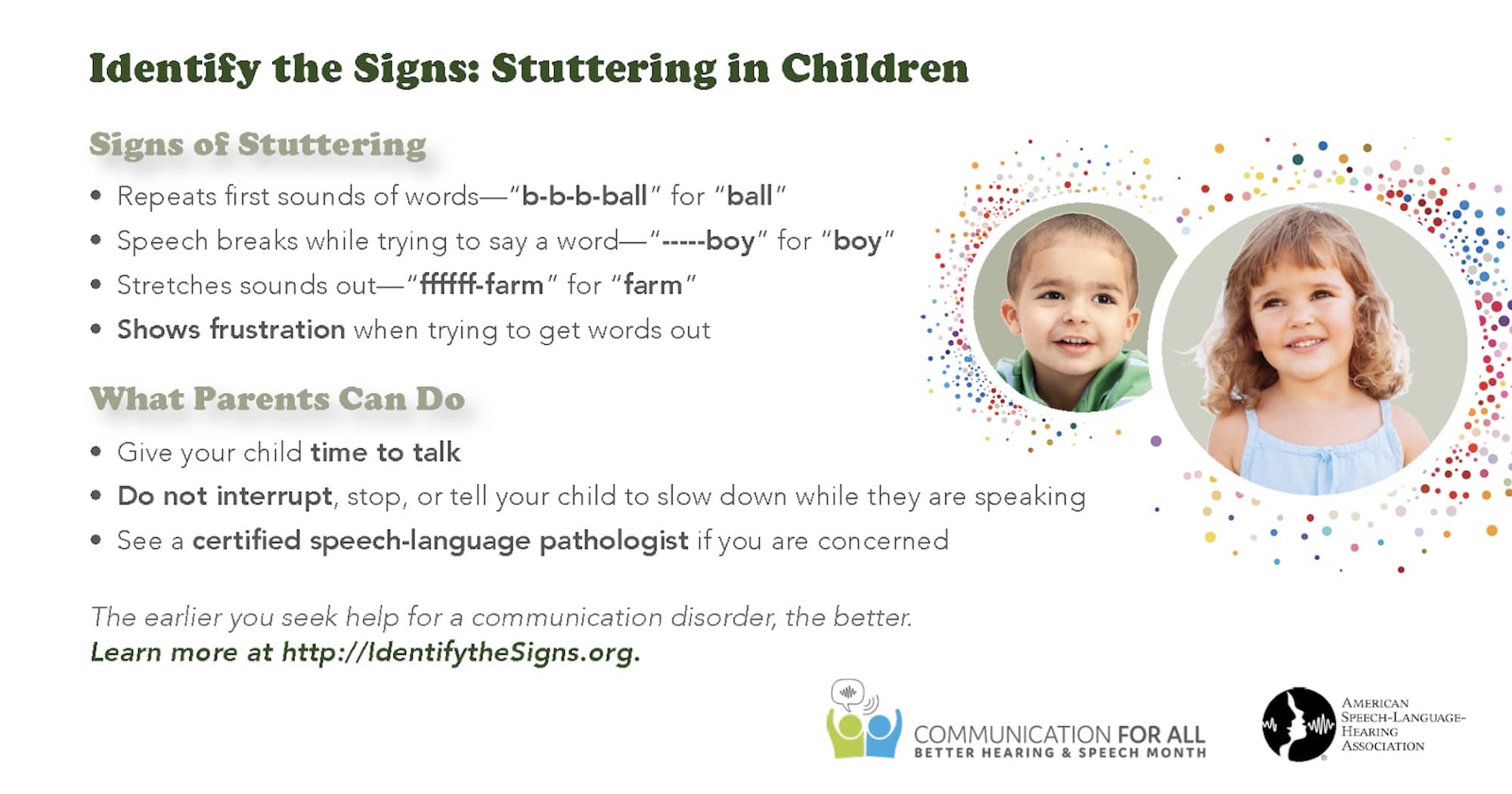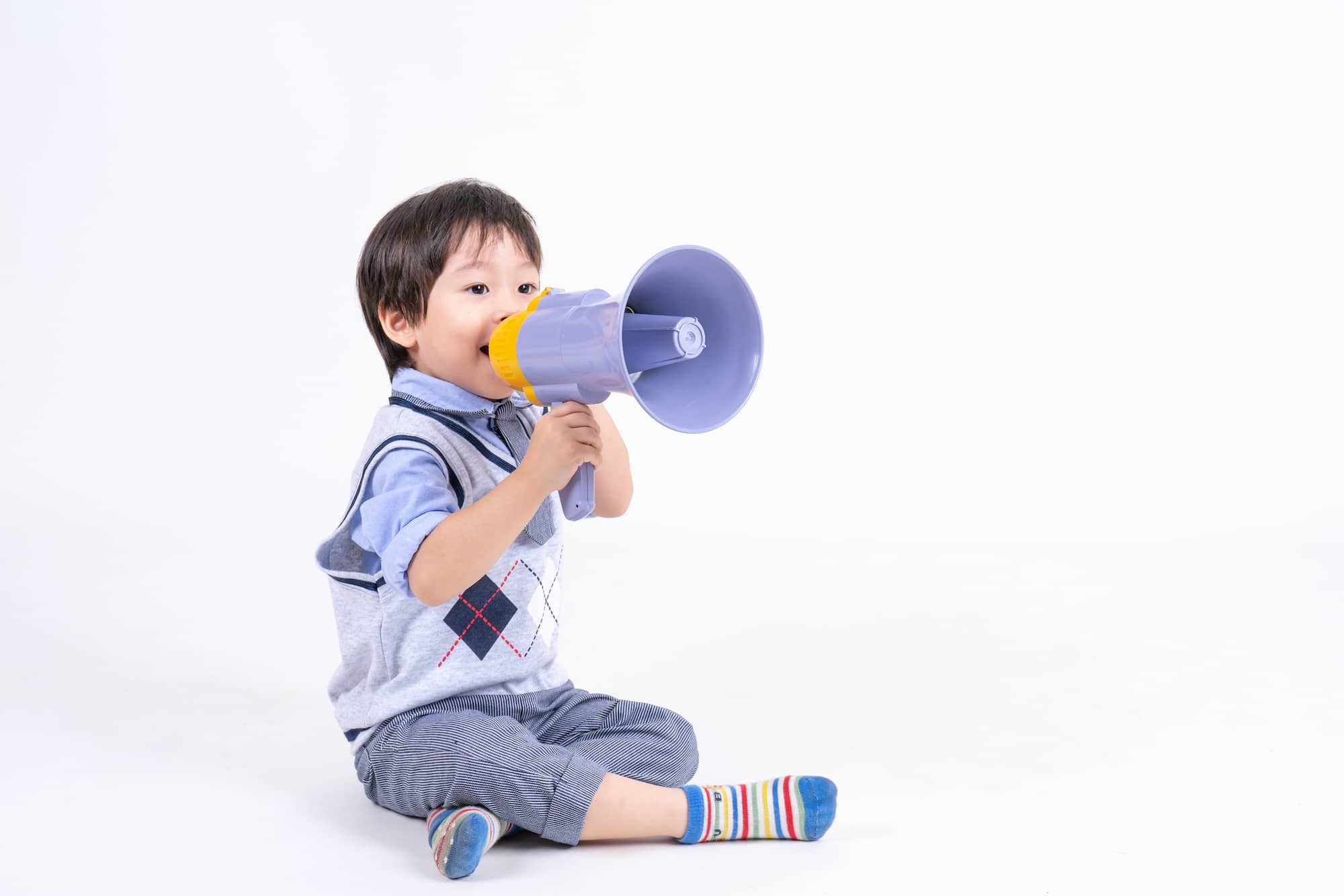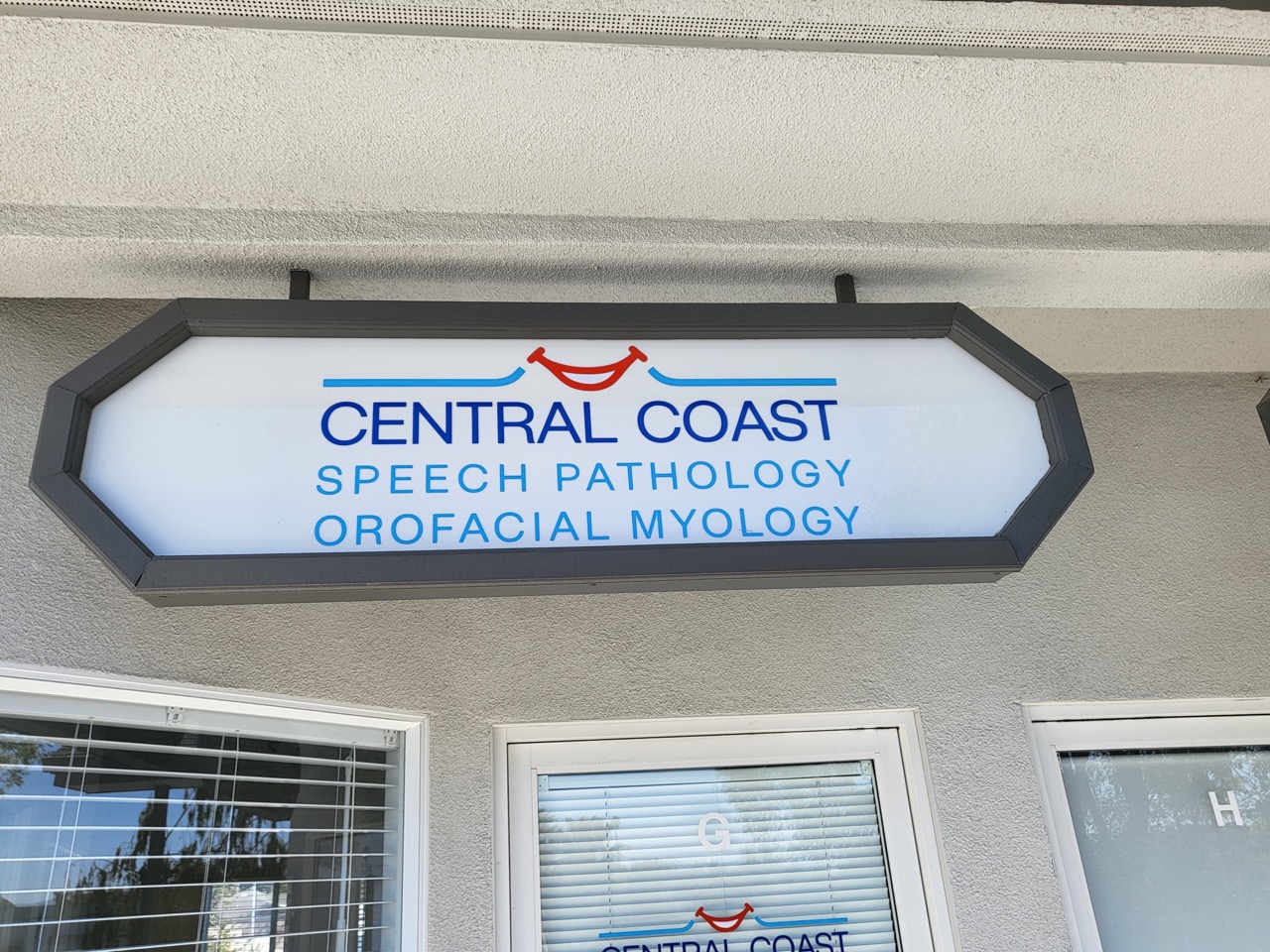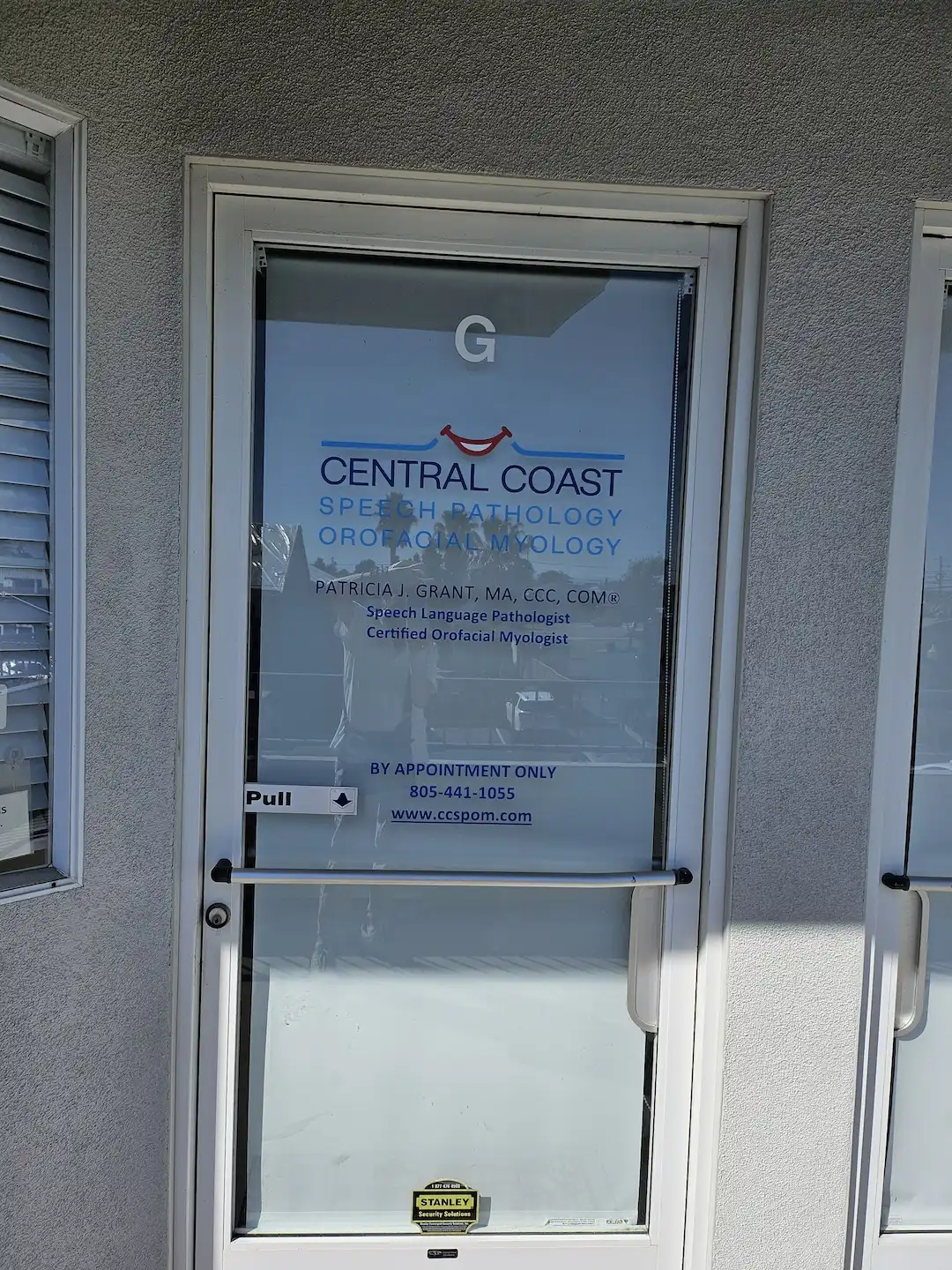STUTTERING
IT'S OKAY TO STUTTER!
WHAT A PERSON SAYS IS MORE IMPORTANT THAN HOW A PERSON SAYS IT.
Definition
Stuttering is a communication disorder characterized by excessive involuntary disruptions in the smooth and rhythmic flow of speech, particularly when such disruptions consist of repetitions or prolongations of a sound or syllable, and when they are accompanied by emotions such as fear and anxiety, and behaviors such as avoidance and struggle.'(Shapiro) Approximately 1% of the adult population or 3 million adults in the US stutter. It is 3-4 times more prevalent in males than females.

Stuttering is like an iceberg. The part above the surface, what people see and hear, is really the smaller part. By far the larger is the part underneath or hidden: the shame, fear, guilt, and all the other negative reactions that occur when one tries to speak a simple sentence and can’t. Many stutterers try to keep as much of the ‘iceberg’ hidden under the surface as possible by avoiding or covering up stuttering. Unfortunately, the more covering up and avoiding, the more the stuttering persists.

Causes:
While the etiology of stuttering is not fully understood, current scientific evidence has found strong genetic susceptibility among males as well as subtle differences in brain structure and function, specifically a lack of sensorimotor integration necessary to regulate the movements of fluent speech. (Stutteringhelp.org).
Stuttering is more than just a speech disorder; together, speech disfluencies and the negative reactions that accompany them can affect all aspects of a person’s life.
Stuttering is complicated and can vary from situation to situation and from person to person. It is not because the speaker is not trying hard enough; stuttering varies.
Stuttering is NOT:
- Caused by children's parents
- Caused by drawing attention to normal disfluencies
- Caused by a psychological problem (though it can have psychological consequences)
- A sign of reduced intelligence, motor weakness, or neurological injury
- Simply a bad habit
About 1% of the world’s population stutters.
Stuttering is about 4X more common in boys than girls
Stuttering usually begins between 2 and 5 years
Stuttering behaviors can vary from situation to situation and throughout the lifespan
IS THERE A CURE?
The first question most people ask is, "How can stuttering be cured?" Although there are some adults who consider themselves "cured," professional organizations and support organizations for people who stutter appropriately warn consumers that looking for a "cure" for stuttering in adults is generally not realistic. Looking for ways to manage stuttering effectively is realistic.
Recent research has shown that the likelihood of recovery diminishes significantly the longer a child stutters and there is no ‘cure’ for stuttering that persists beyond the school age years. The longer a person stutters, the treatment focus is on coping with stuttering effectively, so it does not cause a burden or hindrance from saying what he/she wants to say.
OUR APPROACH
It's okay to stutter! Individuals are not doing anything wrong when they stutter; they're just trying to talk. If individuals feel embarrassed or ashamed of being different, the likelihood of struggling and avoidance of speaking increases. Knowing that it's ok to stutter, individuals can communicate more freely and easily. They can say what they want, even if sometimes it is disfluent. Acceptance of stuttering is key to successful communication. We utilize the following:
- Fluency Shaping Techniques
- Stuttering Modification
- Airflow, mindfulness, visualization, relaxation
- Patient and parent counseling and training
- Advocacy, support groups, resource sharing.

OROFACIAL MYOFUNCTIONAL DISORDERS
Orofacial myofunctional disorders (OMDs) are abnormal movement patterns and resting postures of the face and mouth that interfere with normal growth, development, and function of the orofacial structures including the teeth.

Stuttering
Stuttering is a communication disorder characterized by excessive involuntary disruptions in the smooth and rhythmic flow of speech, particularly when such disruptions consist of repetitions or prolongations of a sound or syllable, and when they are accompanied by emotions such as fear and anxiety, and behaviors such as avoidance and struggle.

Childhood Apraxia of Speech
Most children learn to speak with little difficulty and can easily be understood by adults and peers. In contrast, children with childhood apraxia of speech (CAS) struggle to learn speech sounds,syllables, and words and experience frustration when attempting to communicate.

Speech Sound / Articulation Disorders
Articulation disorders focus on errors such as substitutions and distortions during the actual motoric production of individual speech sounds.In addition, rule based errors or phonological processes can also be impacting the production of whole groups of sounds.




